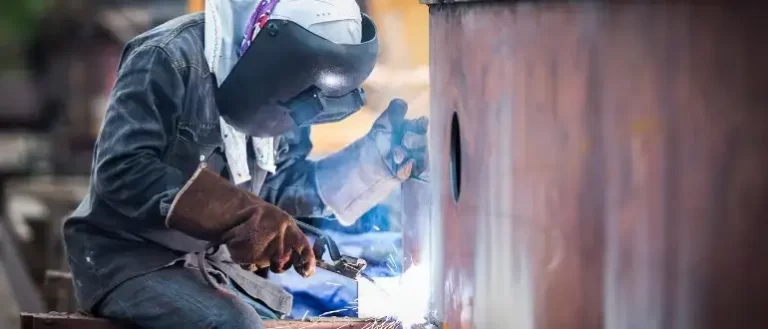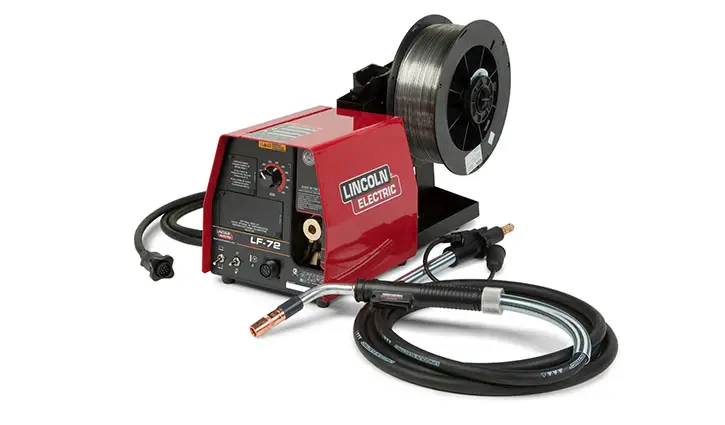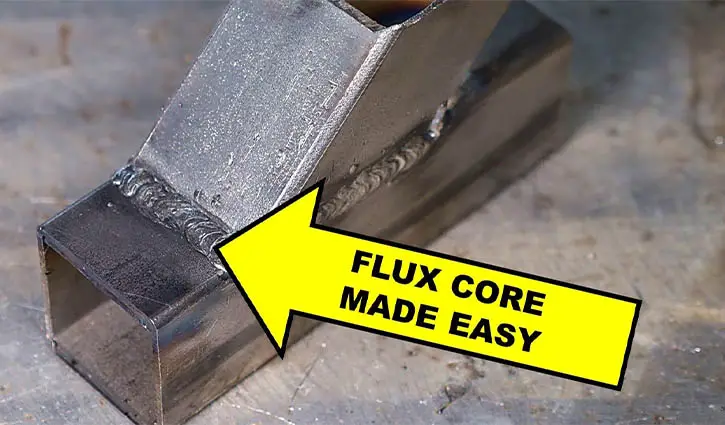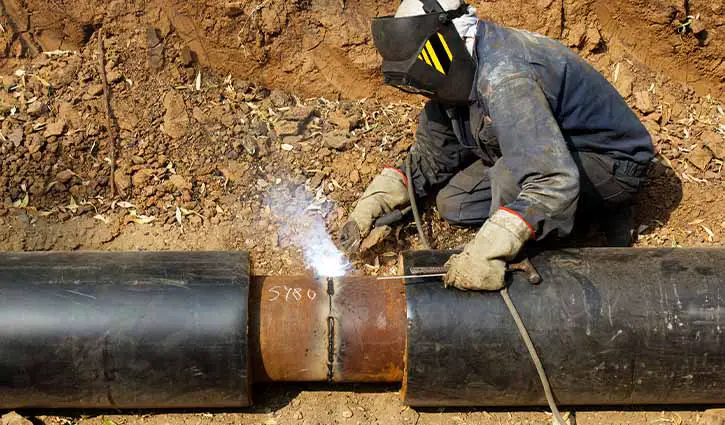How To Prevent Galvanic Corrosion Between Carbon Steel And Stainless Steel?
Galvanic corrosion is the process by which one metal corrodes preferentially to another. when they are in electrical contact with each other in the presence of an electrolyte.
Keep reading the article to know more about how to prevent galvanic corrosion between carbon steel and stainless steel.
Table of Contents
How to Prevent Galvanic Corrosion Between Carbon Steel and Stainless Steel?
There are a few ways to prevent galvanic corrosion between carbon steel and stainless steel. One way is to use a barrier material between the two metals. Another way is to coat the carbon steel with a corrosion-resistant material.
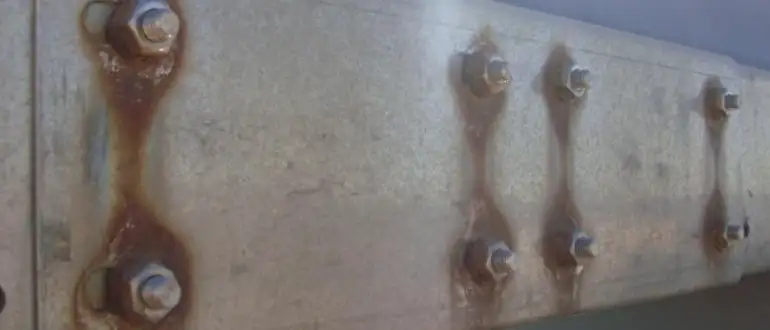
The most common example is corrosion of other ferrous metals when in contact with carbon steel or stainless steel. This type of corrosion can occur, when different metals come in contact with each other in the presence of an electrolyte, such as moisture.
When two dissimilar metals are in contact, an electrical potential can create. This potential causes electrons to flow from the more active metal to the less active metal.
The flow of electrons causes the more active metal to corrode. There are four different ways to get out of this problem. Keep scrawling!
Read More: Can You Weld Carbon Steel To Stainless Steel? Explained!
Prevent Galvanic Corrosion by Buffer
The best way to prevent galvanic corrosion is to use a buffer material between the two metals. The buffer material must be an electrical insulator and have a higher corrosion potential than the metals it is separating. The most common buffer materials are glass, plastic, or rubber.
Prevent Galvanic Corrosion by Reduce Exposure to Electrolytes
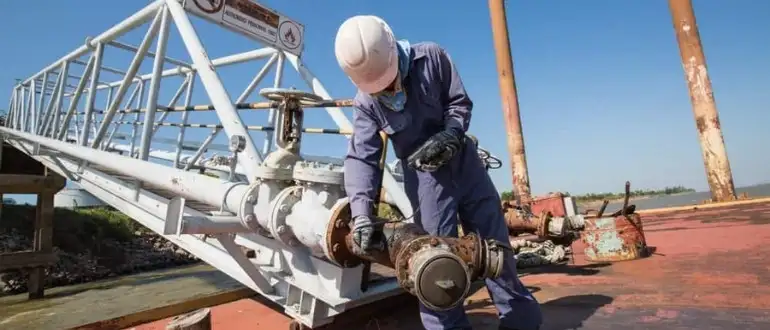
To prevent galvanic corrosion between carbon steel and stainless steel. It is important to reduce exposure to electrolytes. You can do this by using corrosion-resistant materials. Such as stainless steel, or by using coatings or other barriers to prevent contact between the two metals.
It is also important to make sure that the two metals are not in contact with each other for extended periods. If they are, the more active metal will continue to corrode, and the less active metal will protect.
Galvanic corrosion can be a serious problem in many industries. So, it is important to be aware of the potential for this type of corrosion and to take steps to prevent it.
Prevent Galvanic Corrosion by the Coating Metals
Galvanic corrosion can prevent by using a coating on one of the metals. The coating must be an electrical insulator and have a higher corrosion potential than the metal it is protecting. The most common coatings are paint, enamel, or plating.
Prevent Galvanic Corrosion by Sacrificial Metal
Galvanic corrosion can prevent by using a sacrificial metal. The sacrificial metal must have a lower corrosion potential than the metals it is protecting. The most common sacrificial metals are zinc and magnesium.
Note: Galvanic corrosion can prevent combining by applying these methods. The best way to prevent galvanic corrosion is to avoid contact between dissimilar metals. If contact cannot avoid, try to use a buffer material, coating, or sacrificial metal that can help prevent corrosion.
How Does Galvanic Corrosion Happen Between Carbon Steel and Stainless Steel?
Galvanic corrosion is an electrochemical process in which one metal corrodes preferentially when in contact with another metal with which it is electrically connected in an electrolyte.
The process of galvanic corrosion occurs when two dissimilar metals are in contact with each other in an electrolyte. One of the metals acts as an anode and corrodes, while the other metal acts as a cathode and is protected from corrosion.
The anode is the metal that is more reactive and will corrode first. The cathode is a metal that is less reactive and will not rust as quickly.
The electrolyte can be any solution that contains ions, such as water or soil. When two dissimilar metals are in contact with each other in an electrolyte, they form a galvanic couple.
This couple creates a small electrical current that causes the anode to corrode. The cathode is protected from corrosion because the electrical current causes it to oxidize the anode instead.
Galvanic corrosion is a severe problem for many industries because it can cause expensive damage to equipment. It is essential to prevent galvanic corrosion by using materials compatible with each other.
Read More: Alternative To Welding Metal
FAQs
There are a few methods for repairing galvanic corrosion. One way is to remove the damaged metal and replace it with new metal.
Another approach is to use a corrosion-resistant coating on the metal. It is also possible to repair the damage by welding the two metals together.
Finally, need to remember that galvanic corrosion is a natural process, and it is not always possible to prevent it. If it does occur, need to take steps to repair the damage and prevent it from happening again.
The corrosion of iron is an example of galvanic corrosion. When iron is in contact with copper, the copper will corrode, leaving the iron intact.
The process of galvanic corrosion can speed up by the presence of an electrolyte, such as saltwater.
Galvanic corrosion can be a serious problem in engineering, as it can cause the failure of metal structures. It is important to design systems that will not be susceptible to galvanic corrosion.
Yes, galvanic corrosion can reverse. This can happen when the anode and cathode are reversed, or when the electrolyte is no longer able to conduct electricity
There are several ways to cut the effects of galvanic corrosion. One is to use materials with low galvanic potential. Such as aluminum, in contact with more active metals, like steel.
Another is to use coatings, such as paint or plastic, to insulate the more active metal from the less active metal. Finally, it is possible to use electrolytic methods to control corrosion.
Final Thoughts
The best way to prevent galvanic corrosion is to avoid contact between dissimilar metals. If contact cannot avoid, try to use a buffer material, coating, or sacrificial metal that can help prevent corrosion. If you have any further questions, please do not hesitate to contact us. We hope you find this article helpful.

